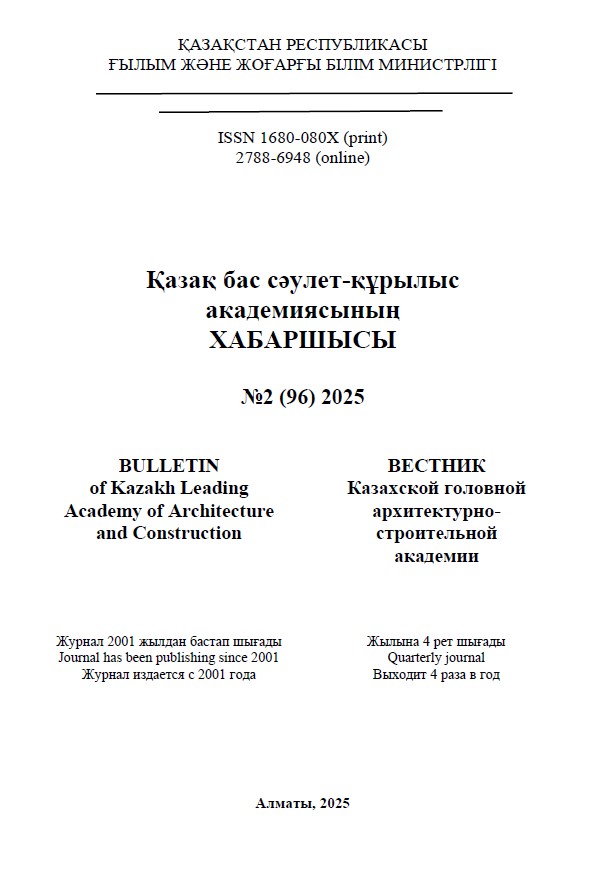Abstract
This article presents a multifactor assessment of the technical condition of the Tasotkel Dam, located in the seismically active zone of southern Kazakhstan. With the increasing frequency and intensity of earthquakes in the region - including the March 28, 2025, earthquake near the village of Merke in the Zhambyl region - there is a growing need for a systematic approach to evaluating the seismic safety of hydraulic structures. The investigation employed a range of modern techniques, including visual inspection, instrumental monitoring, geodetic surveying, non-destructive testing of concrete structures, as well as laboratory and in-situ analysis of the physical and mechanical properties of the dam body and its foundation soils. The assessment revealed localized defects in the facing, signs of erosion, reduced piezometric levels compared to design values, and high filtration activity of the foundation. Geodetic data confirmed the absence of critical deformations but identified areas of potential instability. Based on the collected engineering data, a numerical model of the dam was developed using the Plaxis 2D software package. Slope stability calculations were performed for two key cross-sections (PK 5+00 and PK 12+00) under seismic loading scenarios corresponding to intensities of 7 and 8 on the MSK-64 scale. As a result, safety factors, potential failure surfaces, filtration flow directions, and pore pressure distributions were identified. The study revealed the necessity for reconstruction and seismic strengthening of certain dam sections. The findings underscore the importance of implementing a multifactor approach as a reliable diagnostic tool in conditions of elevated seismic risk.


